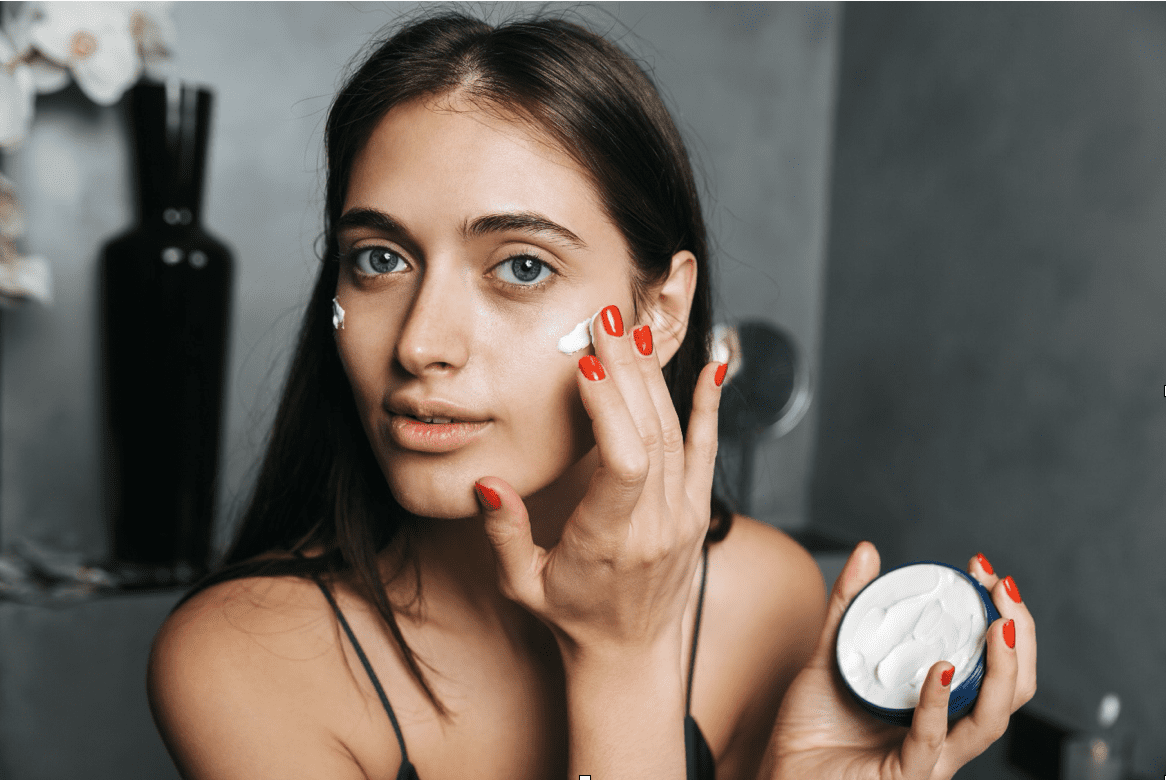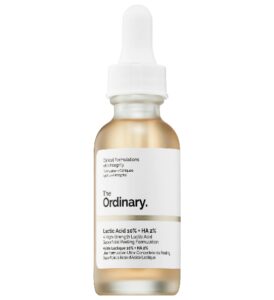AHA vs. BHA: Benefits of Hydroxy Acids in Skincare
The first fall auction of the season at Christie’s on Monday was solid, if low energy. There were several empty seats, and some bids had to be coaxed out from the room.

AHAs and BHAs are types of hydroxy acids which are widely used in skincare industry. You can find AHA and BHA in cleansers, toners, peels, moisturizers and masks. What are AHA and BHA?
AHA – stands for alpha hydroxy acid which is derived from natural substances such as sugar cane, milk, and grapes. They work collectively by melting the intercellular glue that holds our skin cells together, to help the skin’s natural shedding process. Exfoliating the skin regularly plumped with a soft and smooth skin but the infusion of AHA-heavy products can also treat from acne to hyperpigmentation. So why don’t we examine some of the different types of AHAs and its benefits:
- Glycolic Acid – best for all skin types and all skin concerns, especially blocked pores and uneven texture, can help to improve natural cell turnover and increase collagen production, so the skin becomes smoother, firmer and more radiant after just a few days. It can also draw moisture to the skin, preventing it from drying out and reducing the amount of recovery time needed following the initial application.
- Lactic Acid – best for sensitive, dry and mature skin types. Lactic Acid is gentler and less aggressive in terms of exfoliation so it can be used by those with sensitive skin or who are new to chemical exfoliators.
- Mandelic Acid – best for Sensitive skin types suffering from acne. It has anti-inflammatory properties that treat breakouts and pigment correcting properties. Mandelic Acid is the perfect suited AHA for those who have experienced irritation from other exfoliating acids.
- Tartaric Acid – best all skin types, particularly those that lack glow. Not the most widely used AHAs, however, a good alternative for those whose have good skin condition, but just want to boost their natural glow.
- Malic Acid – best for sensitive and mature skin. Its ability to make skin feel noticeably smoother, softer and plumper. It is like Glycolic Acid but a lot gentler.

BHA – stands for beta hydroxy acid, which is known as salicylic acid. It is commonly used as an exfoliant and is an efficient skincare product. This chemical exfoliant helps remove dull skin by helping break the bond of the dead skin that is present.
Let’s Examine different types of BHAs and its benefits:
- Salicylic acid – best for acne treatment and calm down skin inflammation and redness. It is the most common BHA, concentration used from 0.5 to 5 percent
- Citric Acid – best for to dry out excess sebum and clean out dead skin cells deep in your pores. It is primary classified as AHA, but some formulation of Citric Acid are BHAs too.
Which acid is right for your skin?
Although AHAs are often labeled as safe for all skin types, if you want to treat for extremely dry and sensitive skin, you may need to gradually work up to daily use to avoid irritating your skin.
Key benefits of AHAs on your skin:
- mild hyperpigmentation like age spots, melasma, and scars
- enlarged pores
- fine lines and surface wrinkles
- uneven skin tone
BHAs, are primarily penetrates deep into your hair follicles to dry out excess oils and dead skin cells to unclog your pores Key benefits of BHAs:
- used for acne and sun damage
- most suitable for combination to oily skin.
- Lower concentrations may be used to help calm sensitive skin. You may also have more success with BHAs if you wanted to reduce rosacea-related redness.
TIP: If you are primarily looking for dry skin relief or anti-aging benefits, check out an AHA skincare products. If you want to take a stab at tackling that acne, look to BHAs products.
So, you are probably saying to yourself “AHAs and BHAs are designed to exfoliate the skin”, right? Well, depending on the concentration, a related product “may” remove dead skin cells from the surface of the skin, or it may remove the whole outermost layer. Neither type of hydroxy acid trumps the other. Both are highly effective methods of deep exfoliation. The differences lie in their applications.
Disclaimer: We suggest speaking with your dermatologist for questions and recommendation for specific AHAs or BHAs ingredients or products to try.

 Log in
Log in



